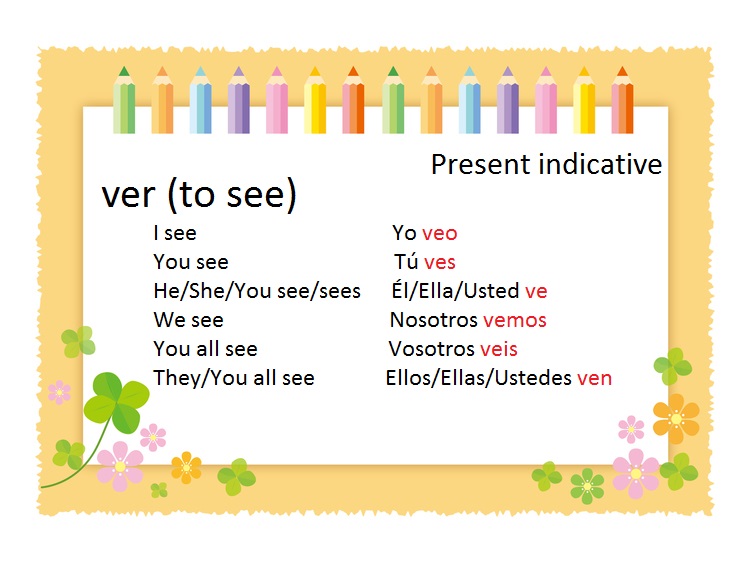


Outside of total immersion in a Spanish-speaking country, personalized lessons are the best way to get the conversational practice you need to become fluent. While resources such as this one are important for getting down the nuts and bolts of Spanish, working with a Spanish tutor is a sure-fire way to maximize learning conjugating including the er ir preterite endings. With both present and past-tense verb conjugations under your belt, the future tense will be no problem! You can return to this guide whenever you need a refresher on Spanish past tense conjugations and preterite endings. Now that you know the preterite tense in Spanish, you’re one step closer to becoming fluent. In English, we tend not to care about these, but learning Spanish past tense conjugation can be more challenging if you don’t pay attention to the details. Below are the 12 verbs, also known as “the dirty dozen.”įinally, don’t forget the accent marks! Accent marks, also known as tildes in Spanish, are necessary to distinguish between two words with the same letters. Fortunately, their main endings are similar to what we’ve already learned in this post: – é, – iste, -ó, – imos, – isteis, – ieron/*eron. Yes, that means that you’ll need to commit each irregular verb conjugation to memory. There are 12 core verbs in Spanish that have irregular past tense conjugations in the preterite tense. Ready for some S panish preterite practice? Fill out the following past tense Spanish verb chart: SEE ALSO: 75 Most Helpful Spanish Cognates ir preterite conjugation shares the same rules as -er verbs. See the following chart as an example.
#CONJUGATION PAST TENSE SPANISH HOW TO#
How to Conjugate -IR Verbs in the Spanish Preterite

How to Conjugate Past Tense Verbs in Spanishīefore we dive in, it’s important to note that there are two types of the Spanish past tense conjugation : the preterite and the imperfect. Here, we’ll start with Spanish preterite conjugation and review the imperfect in a future post. This Spanish verb tense can also be used to discuss past events that took place in a sequence, such as when you are listing various items that occurred in the past. Usually, it is meant to discuss specific beginnings and ends as well as things that took place on specific dates or days or at specific times. The preterite tense is used to talk about actions that were completed in the past. When is Preterite Spanish Past Tense Conjugation Necessary? This involves learning Spanish preterite conjugations so that you aren’t restricted to only describing actions that are happening in the here and now. In this post, we’re going to take your verb conjugation skills to a higher level.

Trying to describe only what’s happening in the immediate present, without being able to explain what happened even five seconds ago, is nearly impossible! This reveals how important it is to learn the preterite tense or Spanish past conjugation tense. If you’ve learned the basics of verb conjugation in the present tense, you’ve probably realized how limited you are without knowing the past tense versions of the verbs. Video can’t be loaded because JavaScript is disabled: Ser Conjugation: "To Be" in Spanish (Present, Past & Future) () Why Learn the Preterite Endings ?


 0 kommentar(er)
0 kommentar(er)
